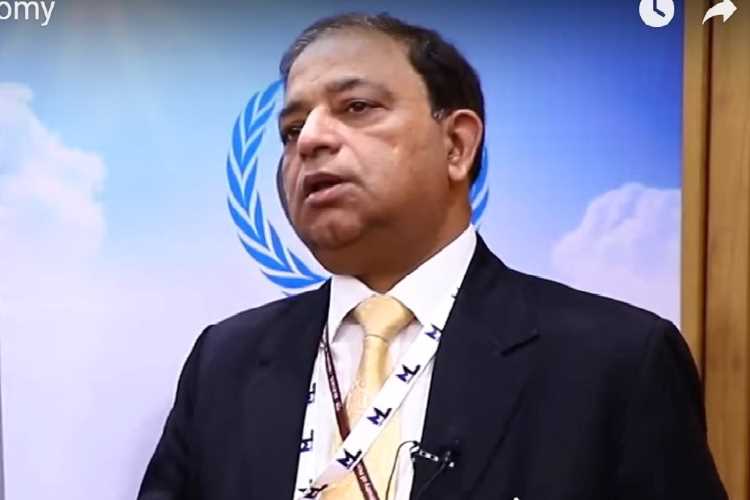
The government has initiated the Sagarmala programme to enhance the country’s logistics sector by unlocking the potential of waterways and the coastline. The Sagarmala Development Company Ltd, under the ministry of shipping, provides equity support to logistics projects. Dilip Kumar Gupta, managing director of Sagarmala Development Company Ltd, lists the company’s efforts to develop the country’s transportation sector in an interaction with Anisha Nayar Dhawan. Edited excerpts:
How much progress has been made to develop Sagarmala?
Sagarmala has four pillars — ports, last-mile connectivity, coastal economic zones and community development fund. The government targets to increase the capacity of Indian ports from 1.5 billion tonne to 3 billion tonnes by 2025. We are progressing well towards this target. The second pillar is last-mile connectivity where ports are connected to the nearest highway and railway lines. Indian Railways is developing freight corridors. Sagarmala Development Company has made equity investment in two freight corridors to Krishnapatnam and Paradeep ports. We have also made investment in two road projects in Haldia and Vizag.
The third pillar is coastal economic zones to develop industry along the coastline to help reduce logistics cost. Goods will be manufactured along the coastline or near a port to reduce logistics cost. The fourth pillar is community development fund. It takes care of the communities that are affected by the development programmes.
READ: Slurry pipelines: Common capacity can be created by all players
How can industries that are not export-oriented and those in the hinterland benefit?
It is much cheaper to move goods via waterways. Industries in the hinterland can become multi-modal. From hinterland you can move goods to the coast, and then take the ship route and again go up to the hinterland. We need to handle it at three-four places. Many of the goods are being taken from the north to south this way. The coastal movement is the fifth pillar that we have added to Sagarmala. We are trying to increase the share of water transport from 6% to 12%. Till now we have achieved only 7.5%.
Slurry pipelines are a good alternative to rail and road transport as it is much cheaper and greener. Moreover, the logistics cost is just a fourth of railway freight. Cost of iron ore transportation by railways is around Rs 3 per tonne/ km on an average while with slurry pipeline, it is just 80 paisa. Slurry pipelines reduce the chances of material theft, and transportation cost.
READ: Uniform stamp duty, raw material prices key to steel sector growth
Land acquisition is a problem for which we are talking to the railways for the right of way (ROW). The department of logistics has taken up this issue with the railway ministry. Once we have technology available for coal related pipeline, then we will put up slurry pipelines for coal as well. Right now, moisture content is a problem with coal.
Currently, port utilization is 50-60%, so we have a lot of spare capacity. The government is looking to provide more space to private players. The government berths are being auctioned to private sector. They would mechanise the berths and improve efficiencies. The program started with 14 coastal zones of the country from the western to eastern coast. We are requesting the state governments to participate. We will develop some method to decide the modalities.
Any tax concession being considered for these projects?
As of now, there is none. This is a policy matter and the government is considering some concessions. The national perspective plan estimates that by 2025, there will be a saving of Rs 35,000-40,000 crore every year on the logistics cost.

